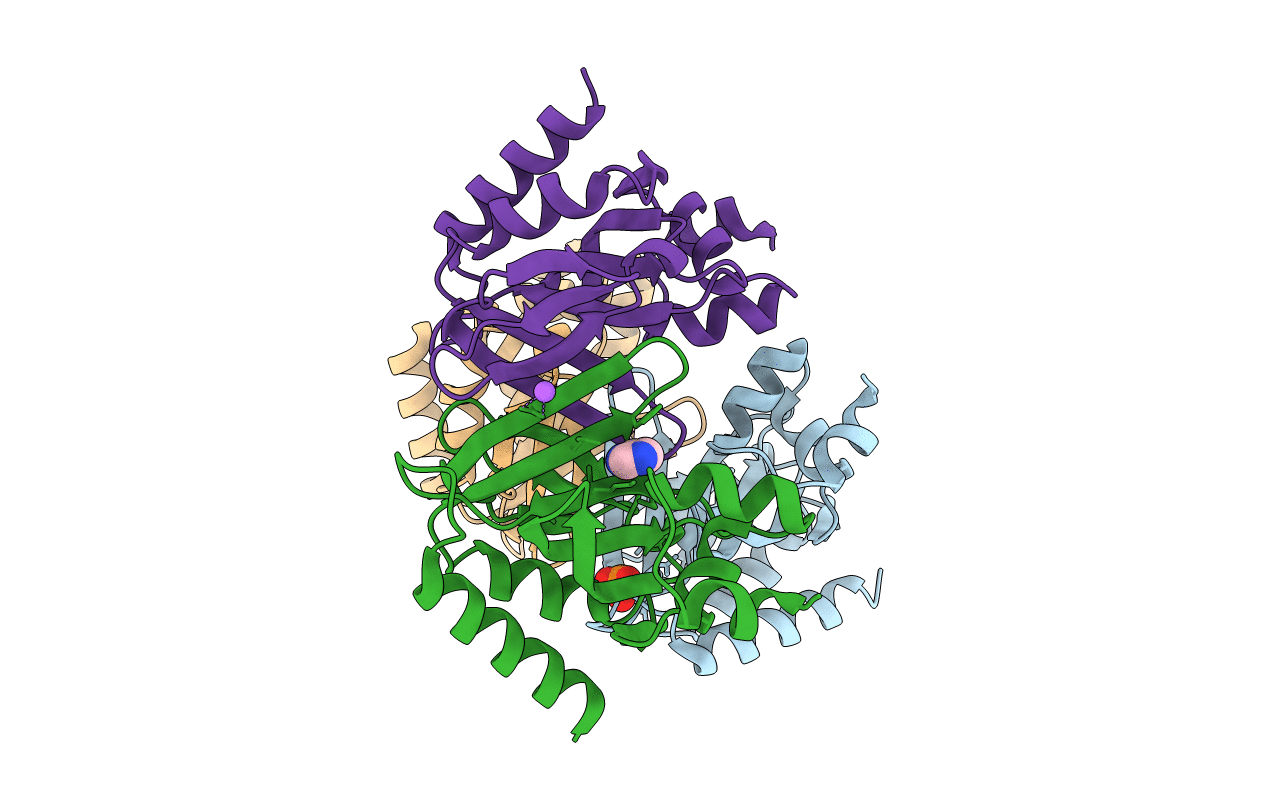
Deposition Date
2019-09-09
Release Date
2020-09-09
Last Version Date
2023-10-11
Entry Detail
Biological Source:
Source Organism:
Escherichia coli O157:H7 (Taxon ID: 83334)
Host Organism:
Method Details:


